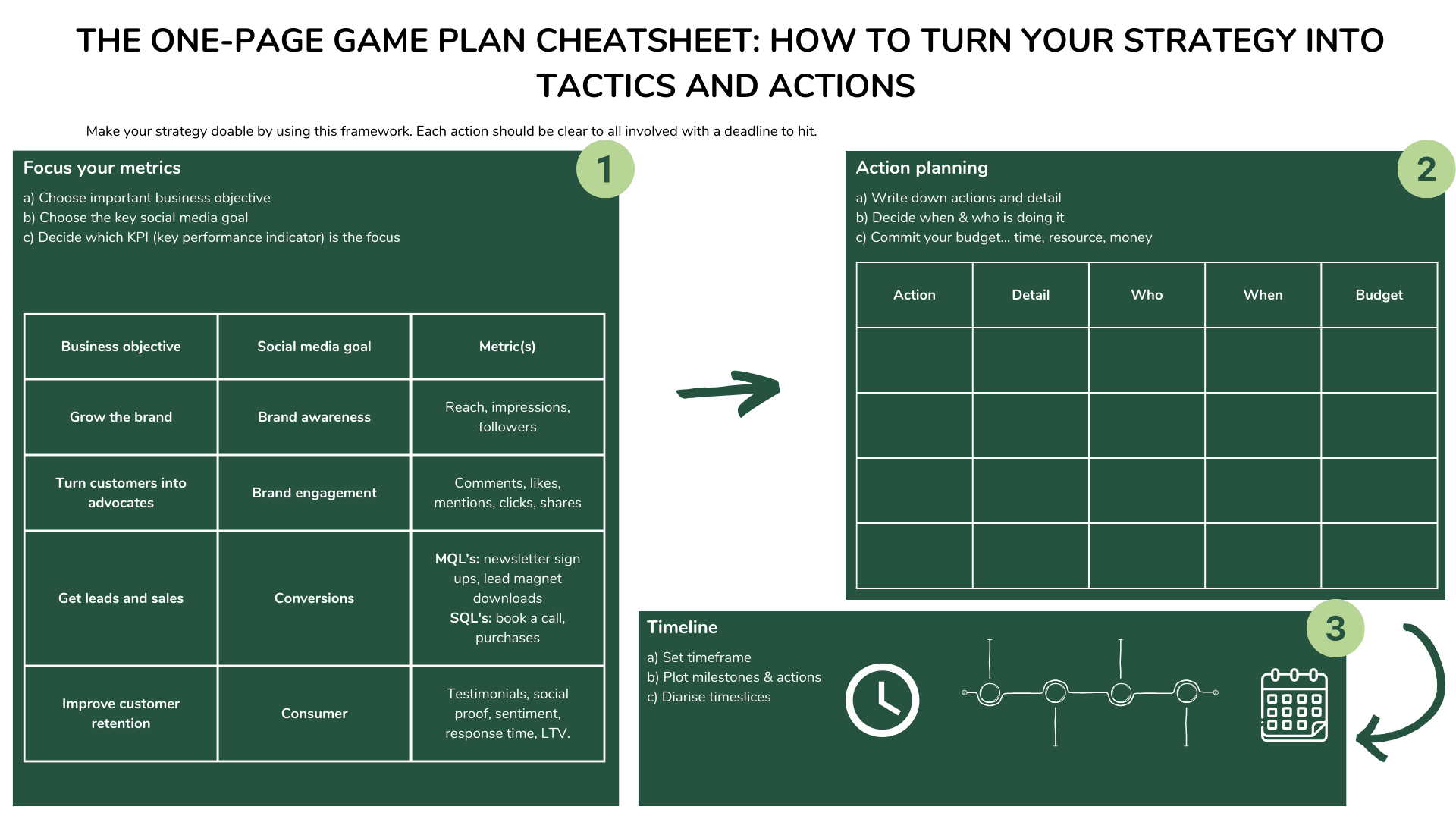TikTok Advertising
Digital marketing and social media marketing has changed how businesses market and advertise their products and services.
For a long time, platforms such as Facebook and Instagram have proved to be the most effective for social media marketing, but TikTok is giving them a good run for their money. Since its inception in 2018, TikTok has had tremendous growth with over 1.5 billion downloads</a> and more than 500 million active monthly users. It has also evolved from a video-creation app for users who want to express their creativity through Tiktok's to a marketing campaign and advertising haven through a tiktok campaign. In today’s blog post, we’ll be looking at why you should use TikTok advertising to run ads for your business and the four types of content you need to promote your brand by using a tiktok ad.

How to run ads on TikTok?
TikTok provides a space where you can manage and make your own In-Feed Ads using the TikTok Ads Manager platform. Log in to TikTok Ads Manager and choose the Campaign option to begin. TikTok has a lot of advertising goals, one of which is to increase brand recognition through reach, which is the process of getting your advertisement in front of as many people as you can. Another goal of when you run your ad is to obtain as many conversions as you can, which entails driving certain actions on your website, such as a purchase or subscription, or to increase app installations by driving visitors to your app's download page.
Highly targeted audiences
It’s no secret that most people with a TikTok account are GenZ’s between the ages of 16 and 24. They account for 41% of all TikTok users, and the remaining 59% is comprised of users from the millennial, GenX, and baby boomers generations. These demographics are further broken down into countless other groups based on user interests. This, therefore, allows you to reach a highly targeted audience with your TikTok ad campaign who are genuinely interested in your products or services.
Increased brand exposure
TikTok is the only platform that allows content to go viral. A video that you create can go from zero views to thousands and even millions in a few hours. This is because TikTok users are not limited to the content of the users they follow. Instead, the app continuously provides opportunities for them to discover new content that they might enjoy. As a business advertising on TikTok, participating in trends and challenges increases the relevance of your video and the likelihood of it appearing on people’s feeds.
It is great for influencer marketing
Influencer marketing is extremely popular on TikTok because when influencers create a TikTok their huge following and highly engaged audiences see their short-form videos the viewer will likely watch the whole video. It is also easy for them to build trust with their followers, which is very important when promoting products online. Collaborating with popular influencers can quickly increase your brand awareness and increase your sales.
How much are ads on TikTok?
The first TikTok ad costs $10 per CPM (cost per 1000 views). They also mandate that you fund a campaign with a minimum of $500. TikTok ads are still relatively new. This implies that TikTok can afford to charge a premium price for them since they are certain that advertisers won't switch to a rival app to compete for valuable space for their advertising, YouTube for example. However, the platform is host to an abundance of influencers, as previously mentioned, all tailored to several demographics and whoever your specific customer persona is, there will likely be influencers who you can advertise through that cater to your target market.
This is still most likely the cost-effective method for conveying your message. You have a possibility to get a significant return on your investment if you can partner with an influencer to market your goods to a sizable network of interested followers. Of course, this assumes that the product you offer makes for engaging, alluring films that will attract an influencer's audience to your business.
Three types of content you need to get started on TikTok:
1. Your own content
Whether your brand is famous or not, the top type of content you should be sharing is what you and your team have created. To create a likeable TikTok video, here are some components that you must incorporate.
• Authenticity: Most TikTok users use their phones and natural lighting to film their videos. Taking the same approach with your content will help users relate to you, therefore building trust.
• Faces: Users want to watch people and not objects.
• Magic ingredients: Given that the majority of TikTok users are teens and young adults, incorporating crowd-pleasing elements such as animals and children will help appeal to them.
• Challenges: TikTok users love a good challenge and will join in every chance they get. Try coming up with a challenge of your own and participate in any trending challenges in your niche.
2. User-generated content
As you create and share content with your followers, it is very likely that your audience will interact with you. They might recreate your videos, record responses to your videos, create duets, or use your products in a video. All these are excellent opportunities to engage with your audience and share additional content to your account.
3. Advertisements
TikTok launched their new advertising platform, TikTok For Business, mid last year, and this will serve as a marketing hub for business accounts. It has five different types of ads, including:
• Top feed
• In-feed ads
• Brand takeovers
• Branded effects
• Sponsored hashtag challenges
If you need help creating a social media marketing strategy for your business, get in touch with us today to speak to our team of experts. We offer consultancy services, and social media training and safeguarding to help you achieve your marketing goals.
Thanks for reading,
Shoo Social Media








Sign up to our newsletter for the latest insider insights, top advice and more.
We will get back to you as soon as possible
Please try again later

Shoo Social Media
137 Bolling Road
Ben Rhydding
Ilkley Leeds
LS29 8PN
01943 430245
Info@shoosocialmedia.co.uk

